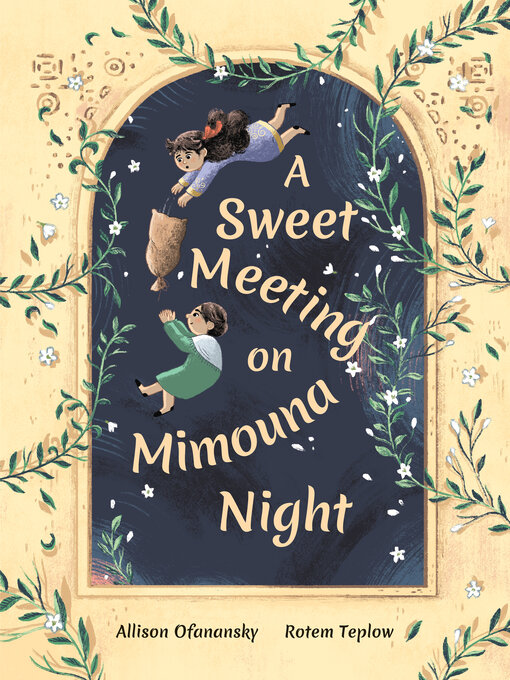Set in Morocco, this sweet story of friendship and shared customs between a Jewish family and their Muslim neighbors provides a great introduction to the Moroccan Jewish holiday of Mimouna.
It's Mimouna — the Moroccan Jewish holiday that marks the end of Passover, and when blessings are given for a year of prosperity and good luck. Miriam wants to help her mother make the sweet moufletot pancakes they always eat at their Mimouna party, but after following the rules of Passover, they don't have any flour in the house! So Miriam's mother takes her to visit their Muslim neighbors, who are happy to share.
The women drink tea together, and Miriam makes friends with a young girl named Jasmine. Miriam almost drops the bag of flour when she and Jasmine go to fetch it from the storeroom — but luckily Jasmine is there to catch it! Jasmine and her family then join Miriam's family and friends to celebrate Mimouna.
This sweet story of friendship and shared customs will introduce North American readers to the Mimouna holiday. The book concludes with an author's note and a recipe for making moufletot, the sweet, paper-thin pancakes featured in the story, so that readers can enjoy, too.
Key Text Features
recipes
author's note
Correlates to the Common Core State Standards in English Language Arts:
CCSS.ELA-LITERACY.RL.2.2
Recount stories, including fables and folktales from diverse cultures, and determine their central message, lesson, or moral.
CCSS.ELA-LITERACY.RL.2.6
Acknowledge differences in the points of view of characters, including by speaking in a different voice for each character when reading dialogue aloud.


